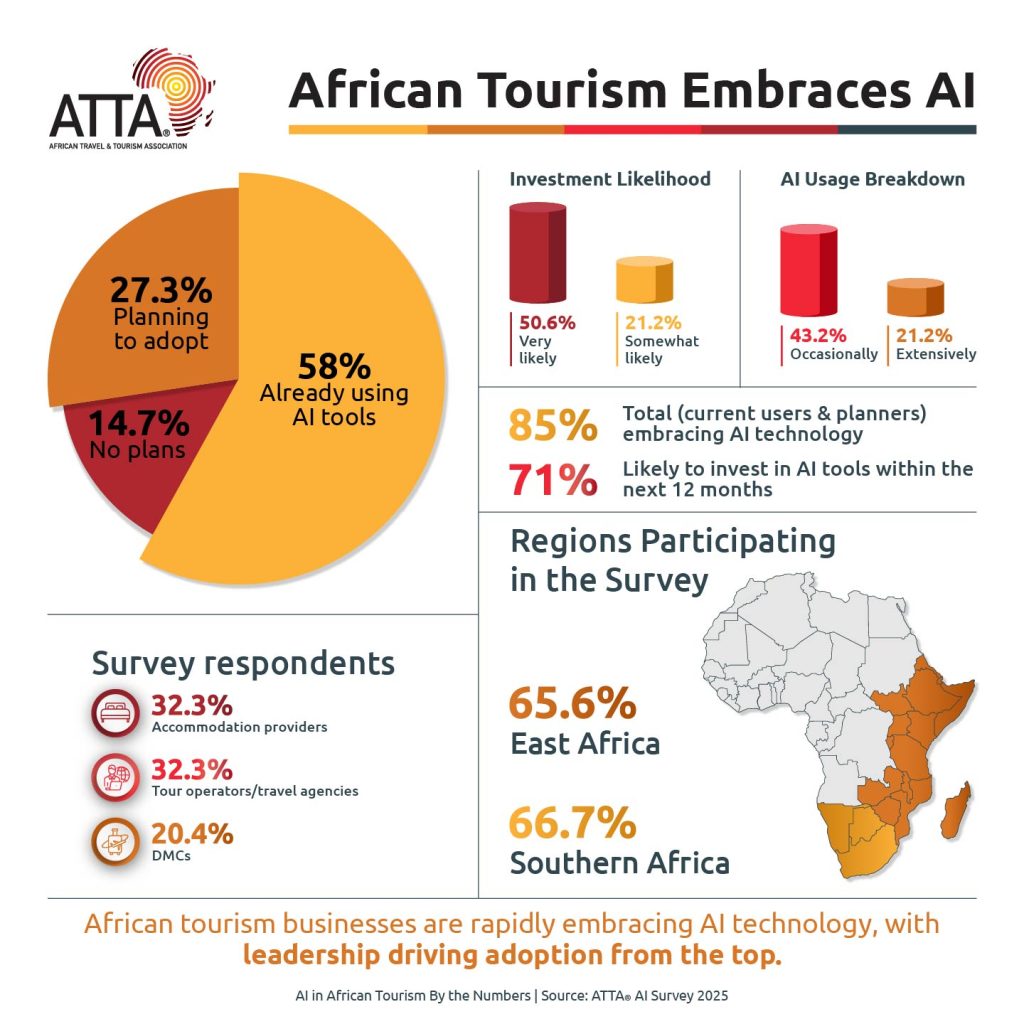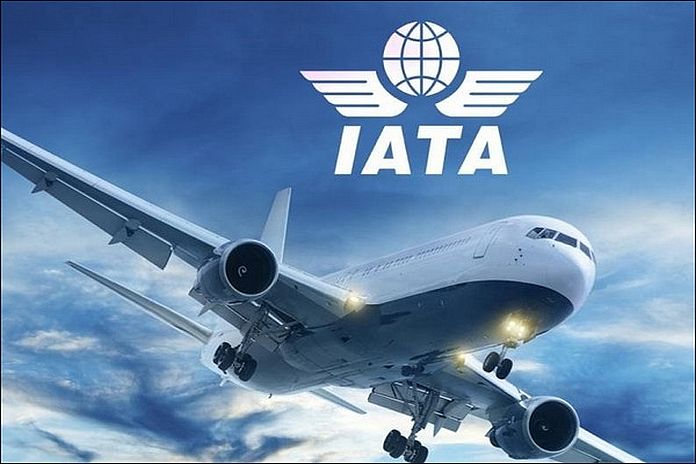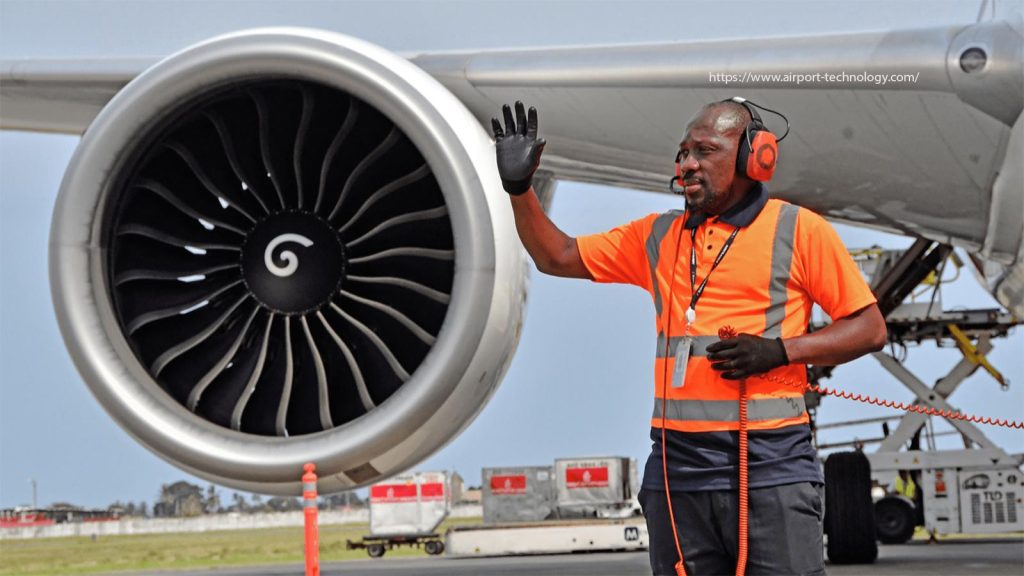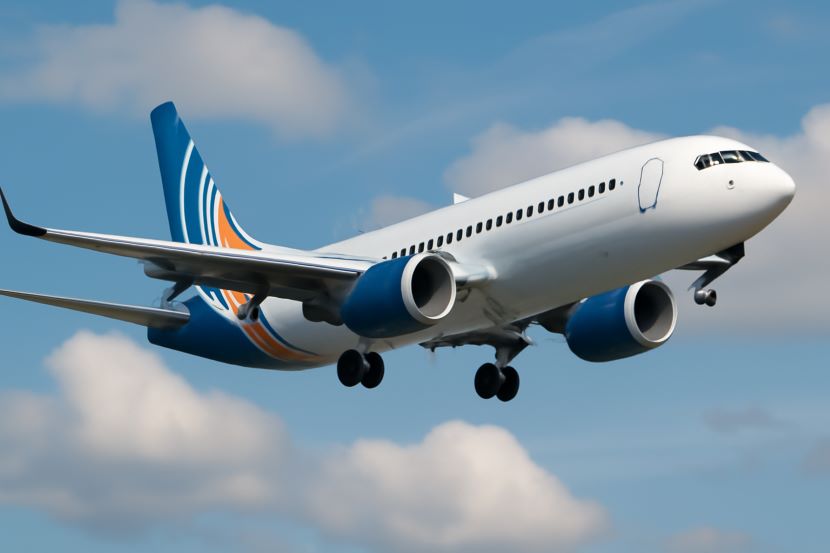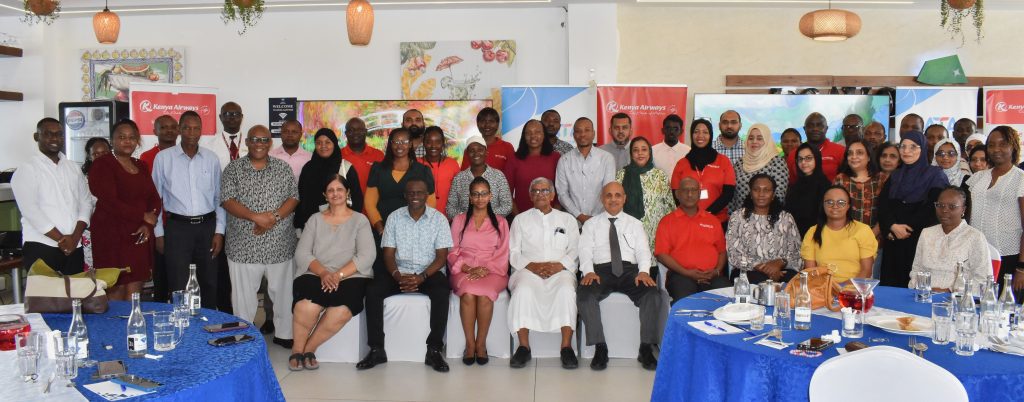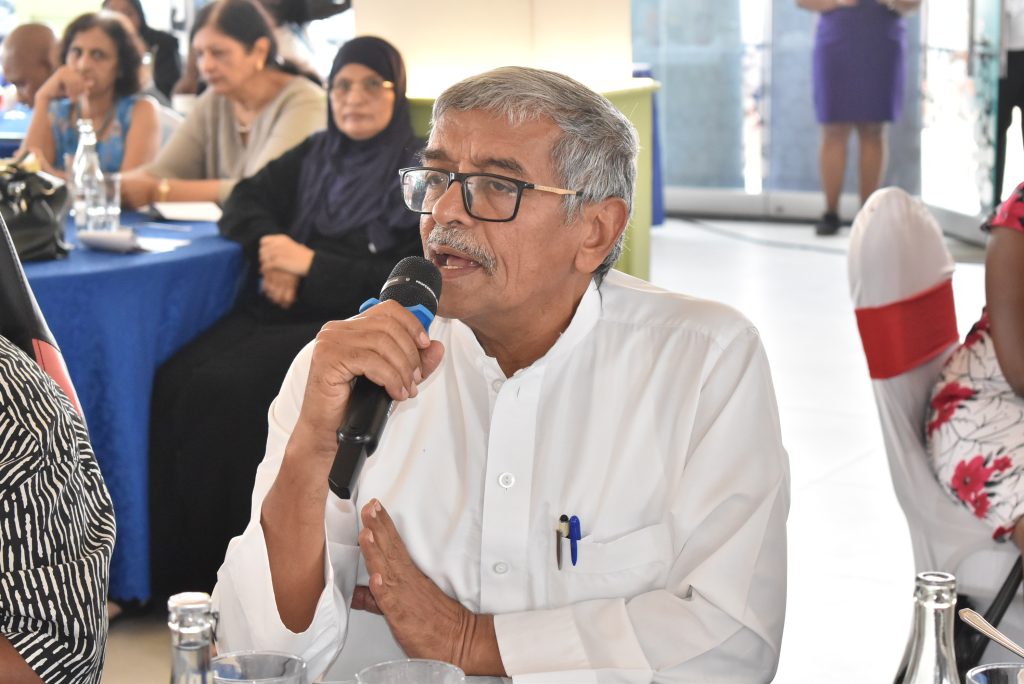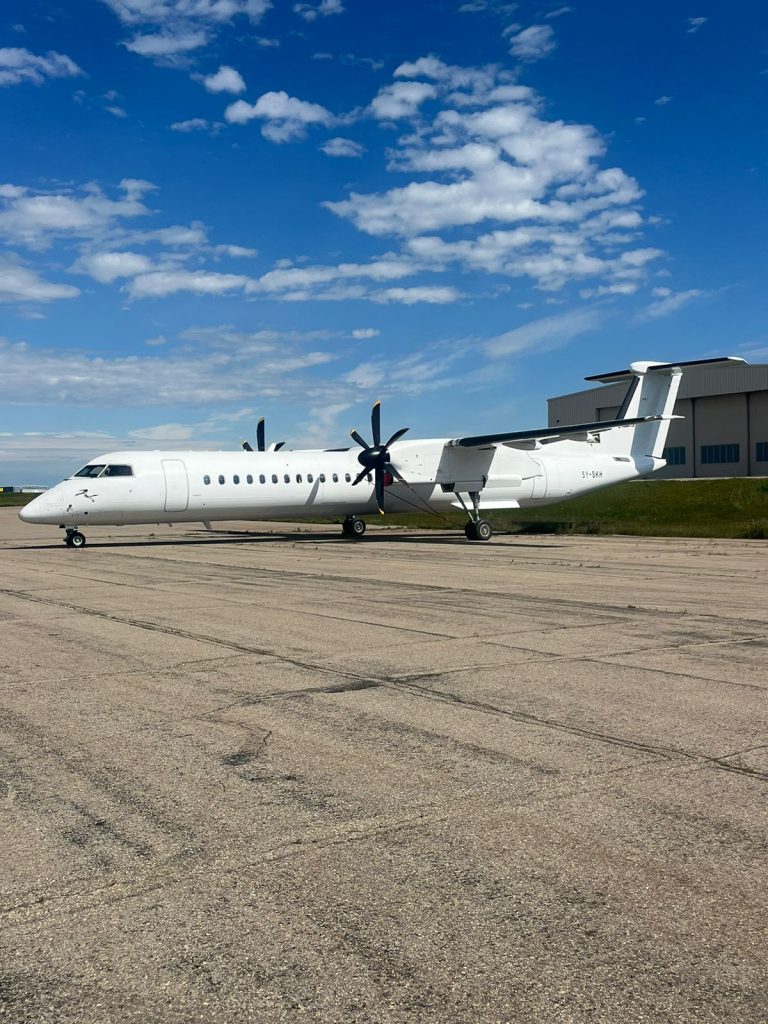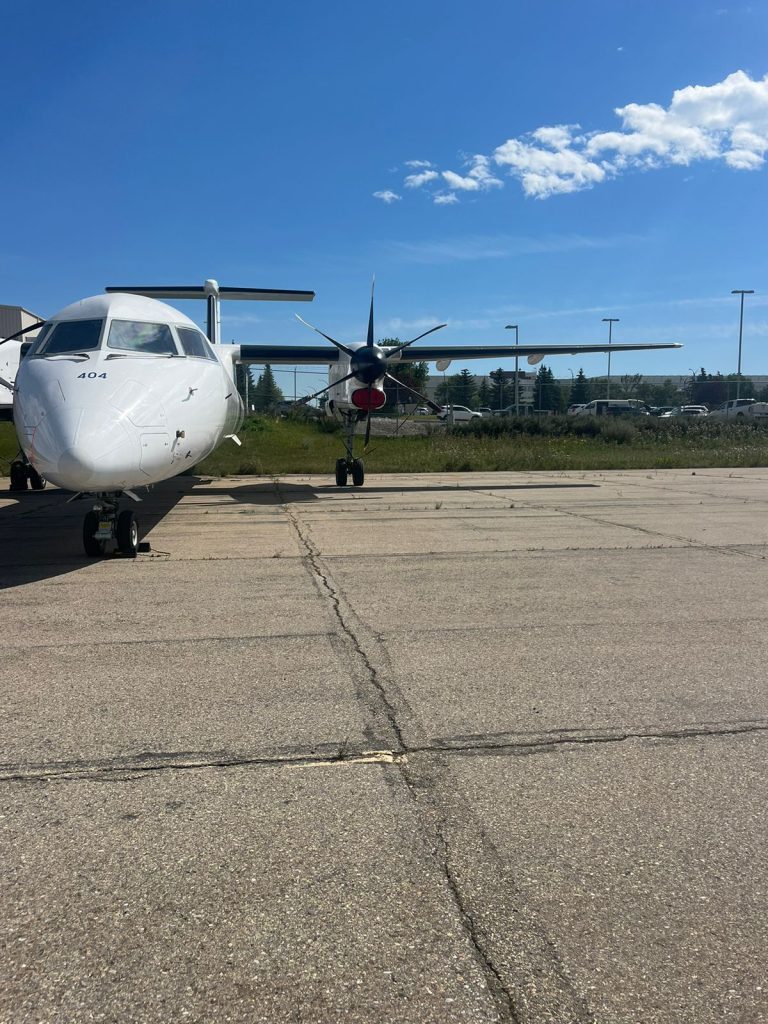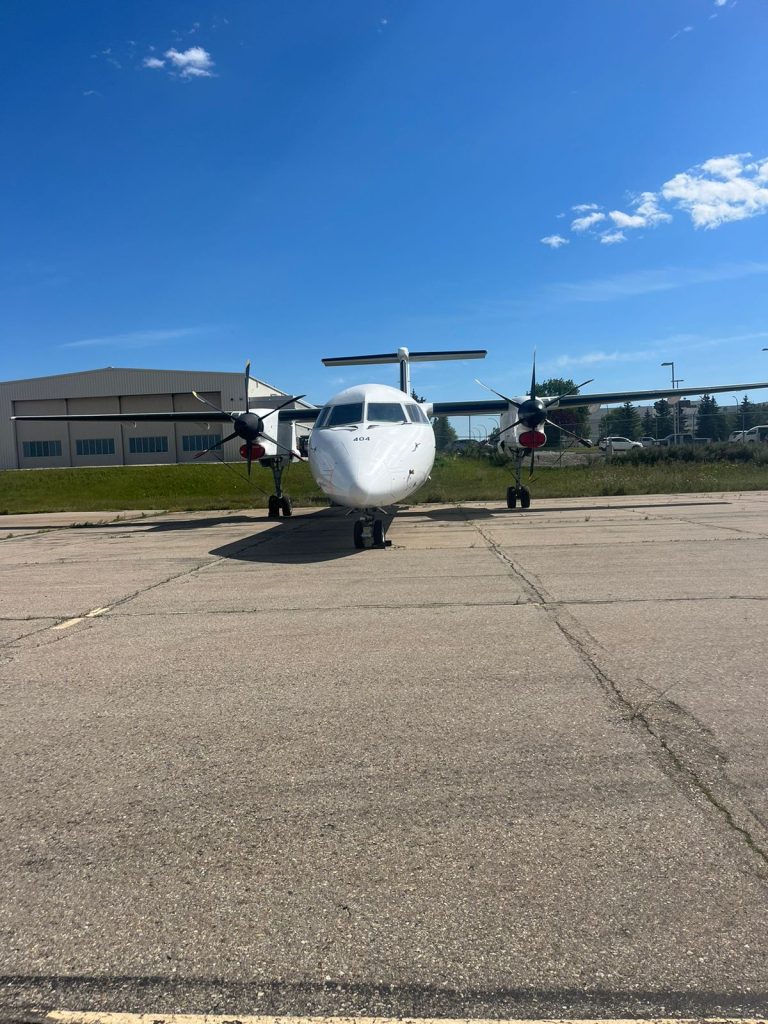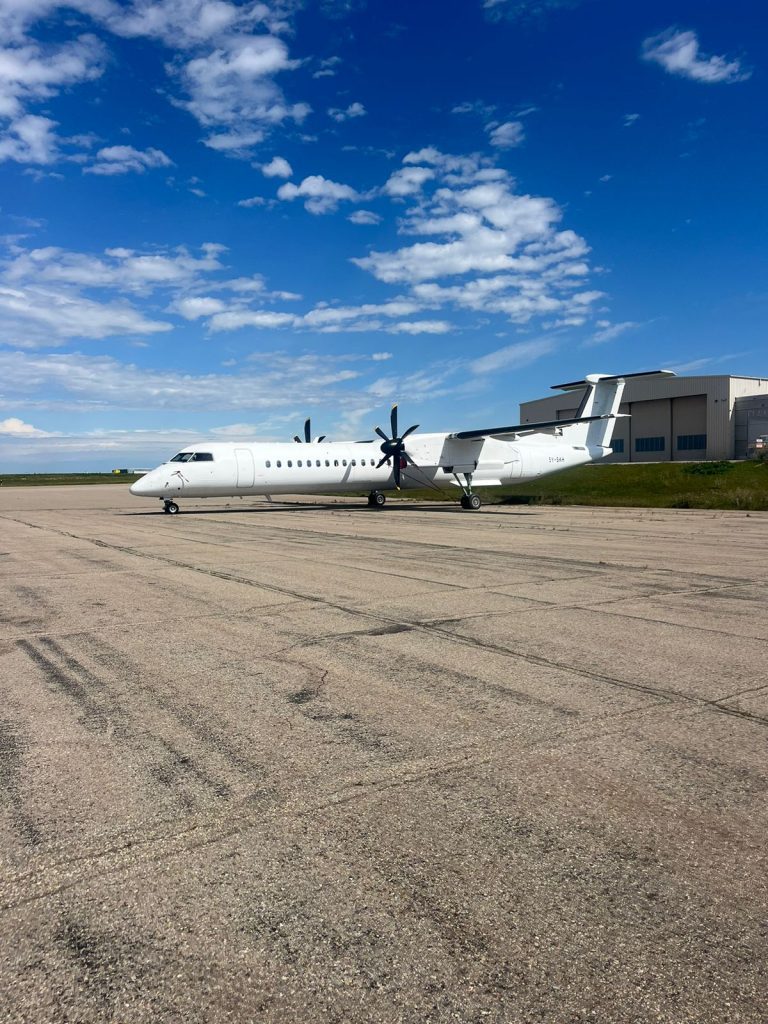
For decades, travel agents were the trusted bridge between travelers and the wider tourism industry. They booked flights, arranged safaris, and secured accommodation long before digital platforms became mainstream. But in an era of instant bookings, mobile apps, and price comparison sites, many questioned whether travel agents would survive.
The reality is that not only have travel agents survived, they are also evolving. In Kenya, the Kenya Association of Travel Agents (KATA) is at the forefront of this transformation. KATA is the umbrella body representing licensed travel agents across the country, advocating for their interests, setting professional standards, and creating platforms for collaboration with airlines, hotels, and regulators.
From Transactions to Trusted Advisors
KATA members are moving away from being simply ticketing offices and are now repositioning as trusted advisors. Clients no longer just want the cheapest flight. They want security, convenience, and reassurance that someone will be there if things go wrong. With frequent flight disruptions, visa complexities, and unpredictable global events, the travel agent has become a problem-solver that clients can rely on.
The Power of Personalization
Online platforms can offer price transparency, but they rarely provide tailored experiences. Travel agents are filling this gap by curating niche travel options such as wellness retreats, cultural immersions, luxury safari circuits, and experiential packages that reflect the unique interests of travelers. Instead of one-size-fits-all itineraries, agents are designing journeys that feel personal and memorable.
Building Trust in a Fragmented Market
One of the biggest challenges travelers face today is information overload. With countless websites, blogs, and apps offering conflicting advice, travelers often struggle to separate fact from marketing. Agents provide a layer of trust and accountability. As licensed professionals, KATA members verify suppliers, safeguard clients’ money, and guarantee service standards.
Embracing Digital Tools
Far from being left behind, many agents are investing in technology and automation. From online booking portals integrated with global distribution systems, to customer relationship management tools, to instant communication platforms like WhatsApp Business, KATA members are meeting clients where they are online. This hybrid model allows them to combine efficiency with a personal touch.
Collaboration Over Competition
With innovations entering the space, some feared travel agents would be displaced. Instead, forward-thinking members are leveraging these platforms as partners rather than competitors, by upselling, bundling, and adding value beyond what digital platforms can provide. The focus has shifted to experience management, not just ticket issuance.
The Road Ahead
The future of travel agents in Kenya will depend on how fast the industry adapts to shifting consumer behaviors. What remains clear is that human expertise cannot be digitized. KATA’s role is to continue championing professional standards, regulatory compliance, and capacity building for its members so they can thrive in a digital-first world.
For travelers, the reassurance of having someone on their side before, during, and after a journey is priceless. Even in the digital era, travel agents are not only relevant, they are more essential than ever.

